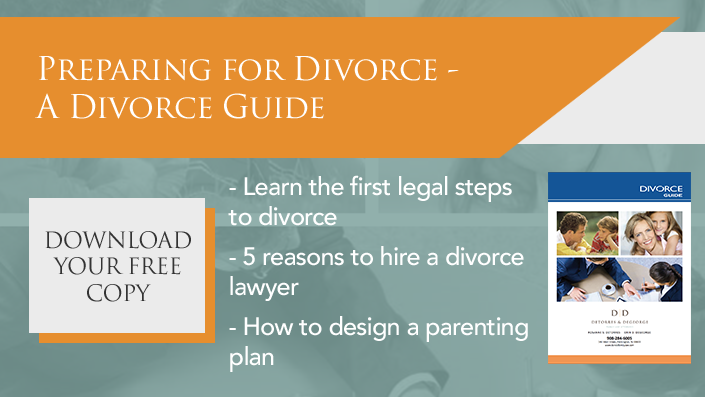 Written by guest writer, Linda Kennyhertz, Strategic Change Associates
Written by guest writer, Linda Kennyhertz, Strategic Change Associates
There are many phases in an individual’s life where working with a career coach may be necessary in order to move ahead. This could include graduating from college, corporate downsizing, becoming an empty nester, or divorce.
Sometimes, in divorce situations, you may need to enter (or re-enter) the workforce in order to become self-sufficient or to supplement alimony income. This can be incredibly difficult especially at a time when your confidence, self-esteem and general feelings of well-being may be all but depleted. How do you go about finding a job? How do you know what you’re qualified to do? How do you know what you’d even like to do or would be good at? How do you know what employers are looking for? The list is extensive.
A coach can help you identify your career goals and target appropriate, attainable work. During the search process, a coach will help you create a plan that will be essential in all phases of your career: creating awareness of your unique skills and abilities; building confidence; understanding the hiring process; telling “your story” to showcase your value; supporting your ability to listen to your own intuition and making potentially transformational choices.
If you haven’t been in the workforce for a while, you should know that the ways of working have changed. For instance, much of the work landscape in the information age has changed from “regular, full-time” to “project based” or “term-of-project” employment.
According to the American Staffing Association (ASA), temporary and contract staffing was 6.2% higher in the third quarter of 2014 compared with the same period in 2013. It is believed that this trend will continue as more companies shift the work from full-time employees to contract workers. Why? From a financial perspective, hiring consultants or contract workers requires less commitment and offers more flexibility to bring on the exact talent needed for a particular job. This just-in-time philosophy doesn’t pertain only to the manufacturing sector; it applies to strategic positions in corporate offices as well.
Working for a company has always been a two-way street; however, employees easily become comfortable with the misconception that there is a strong commitment to the individual on the part of the employer. In reality, an individual has the right to seek employment and the company has the right to hire whomever it chooses – and keep that person on the payroll for as long as it chooses. The paradox is that a traditional hiring scenario may offer the worker less certainty than contract staffing. The most well-equipped people in the job market have always been – and will continue to be – offered the best work at the best rate of pay.
I have coached many clients to set their career goals and networking plan and move into successful employment. Together, we can work on identifying your main areas of interest, exploring your current skills and aligning those with potential job opportunities. We can create a plan for you to move in your desired direction. Everything we do in the coaching process is geared toward you finding and landing the job you want. The skills you learn and the plan you create during the coaching process are helpful to you in all phases of your career: creating awareness of your unique skills and abilities; building confidence; understanding the hiring process; telling “your story” to showcase your value; supporting your ability to listen to your own intuition and making potentially transformational choices.
I’d be happy to spend some time speaking with you about how best to individualize your coaching, to see if you are the right client for me, and if I am the right coach for you.
Please feel free to visit my testimonials page for more information on how I can help you take the next step in your career.
Linda Kennyhertz, Strategic Change Associates, conducts career transition and career development coaching for a wide range of individuals and corporate clients: recent college graduates seeking employment, mid-career job change, re-entry to the workforce, career reinvention (total change in direction) and divorce.


 START LIVE CHAT
START LIVE CHAT










